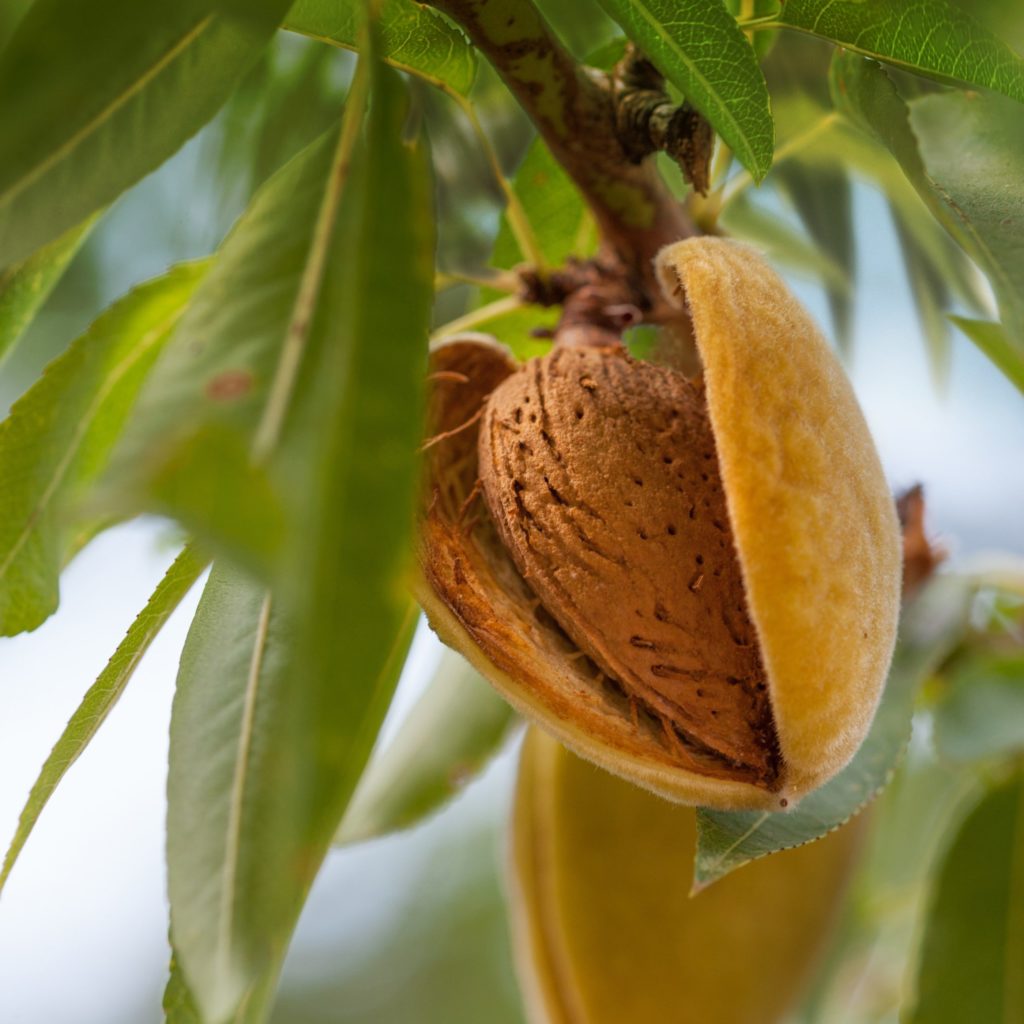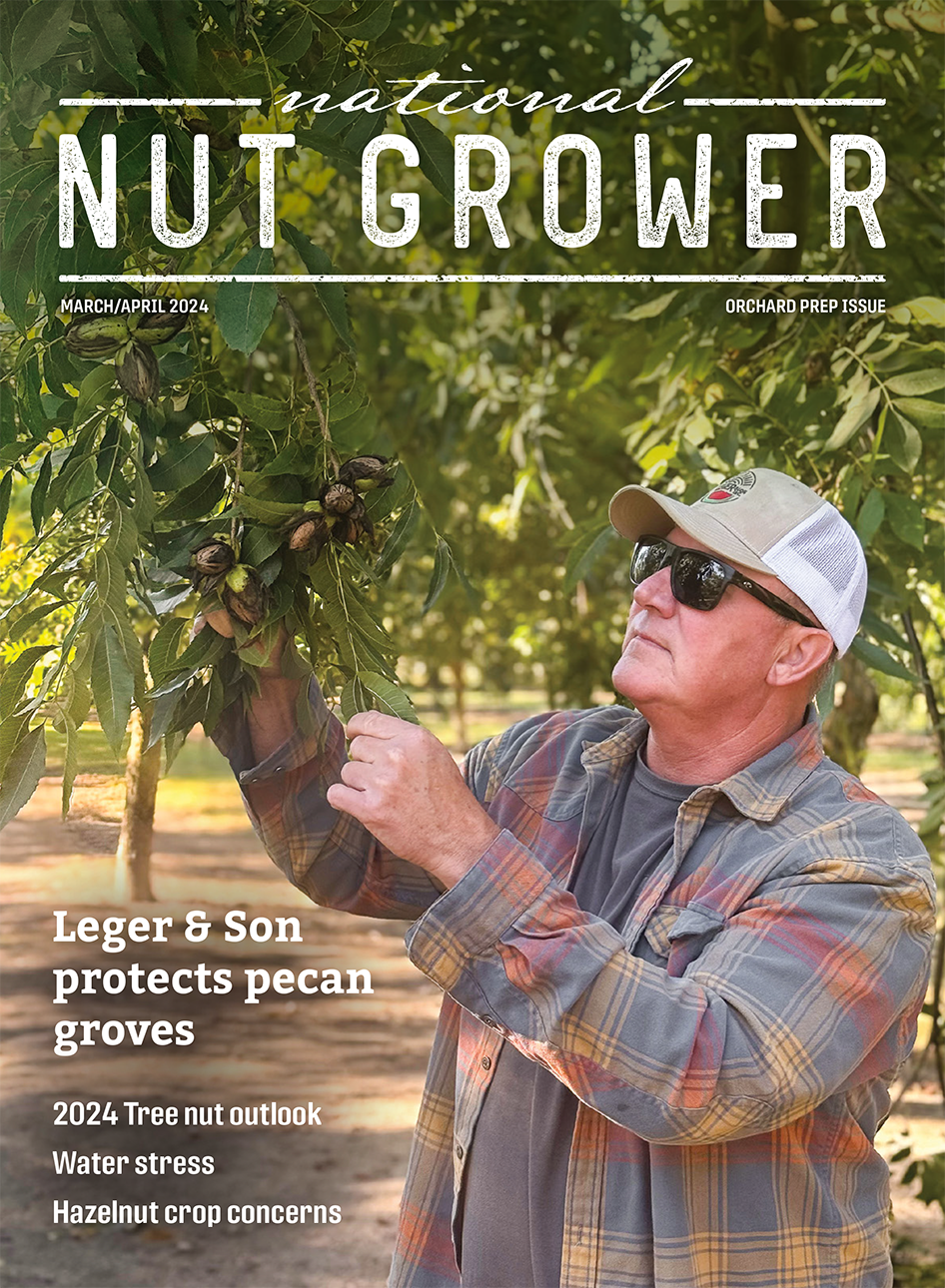
Apr 7, 2022Almonds a new high-value nut to crack in New Zealand
Plant & Food Research is embarking on a feasibility study to see if almonds can be grown sustainably in Hawke’s Bay. The project has backing from central and local government, alongside Picot Productions Limited – Kiwi producers of the Pic’s brand nut spreads.
“We’re already supporting peanut growing trials in Northland – now it’s almonds’ turn,” said Steve Penno, Ministry for Primary Industries’ (MPI) director of investment programs.
“The first step is to see whether we can successfully produce almonds with a low carbon footprint at scale and for a competitive price in New Zealand,” he said.
MPI is investing NZ$67,000 through the Sustainable Food and Fibre Futures fund (SFF Futures) in the NZ$100,000 project.
Plant & Food Research business manager Declan Graham said the goal is to provide diversification opportunities for local dry stock farmers rather than trying to replicate the large-scale almond monocrop system of California.
“Ideally farmers will be able to set aside some of their pastoral land for growing almonds, as a way of diversifying and deriving better value from their land,” said Graham.
AgFirst will undertake a financial analysis as part of the project. They will consider the economics of setting up a profitable almond orchard system – factoring in market prices, climatic volatility, and environmental sustainability challenges.
“We need to understand whether Kiwis would prefer to buy New Zealand almonds and whether growers would be able to get the returns they need,” Graham said.
If the feasibility study shows almond growing has promise, the next step would be growing trials.
“We’d look at experimenting with the Future Orchard Planting Systems (FOPS) approach, which optimizes the use of sunlight for higher yields and quality,” Graham said. “We’d also investigate if we can grow almonds using less water compared to commercial practices overseas, as well as an integrated pest management approach.”
Graham said almonds were first introduced to New Zealand by Chinese goldminers during the Otago goldrush in the 1860s.
“We’ve already done some blue skies work to understand the almonds growing in the hills in Otago,” said Graham. “We’re also analyzing the almond crop grown by a local Hawke’s Bay farmer.
“Our research to date indicates that Hawke’s Bay’s climate is ideal for almonds. There’s not enough chilling in Northland, and the Otago cultivars can be damaged by late frosts.
“Given almonds flower early, they won’t interfere with other crops in the Hawke’s Bay region.”
Central Hawke’s Bay District Council mayor Alex Walker says the aims of the project fit well with the council’s economic development strategy.
“We grow great food in Central Hawke’s Bay, and it’s initiatives like this that will continue to inspire our vision of a thriving future and a prosperous economy. All our farmers are looking for ways to minimize their nutrient, water, and carbon footprints and diversify incomes, so this project is an exciting addition to our district,” said Walker.
Steve Penno said developing high-value sustainable products is central to the Government’s Fit for a Better World roadmap for the food and fibre sector, which aims to boost sustainability, productivity and jobs over 10 years.
“We’d love to see almonds added to the list of high-value products New Zealand has to offer. The potential for the project to lead to economic and social benefits for Hawke’s Bay landowners, farmers, Kiwi, and rural communities is enormous. So we thought, ‘why not give it a crack?’” said Penno.
In addition to the MPI funding, further cash and in-kind contributions totalling NZ$33,000 are being provided by Central Hawke’s Bay District Council, Hawke’s Bay Regional Council, Wairoa District Council, Hastings District Council, and Picot Productions Limited.
– Plant & Food Research







